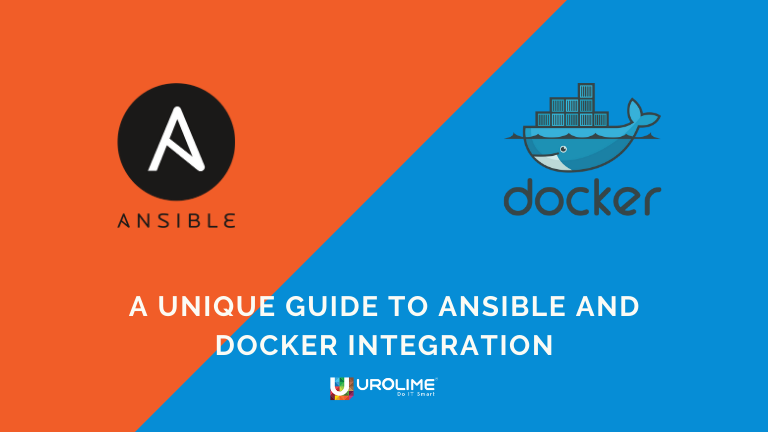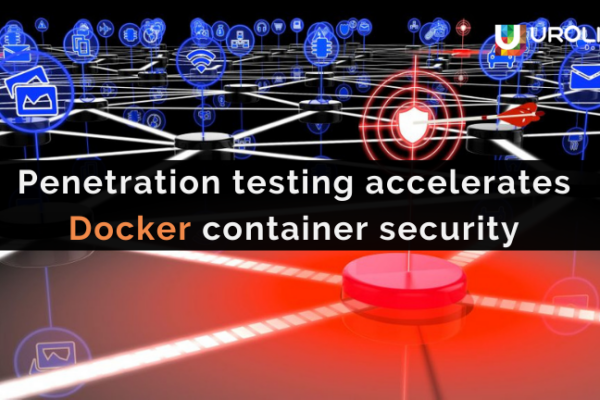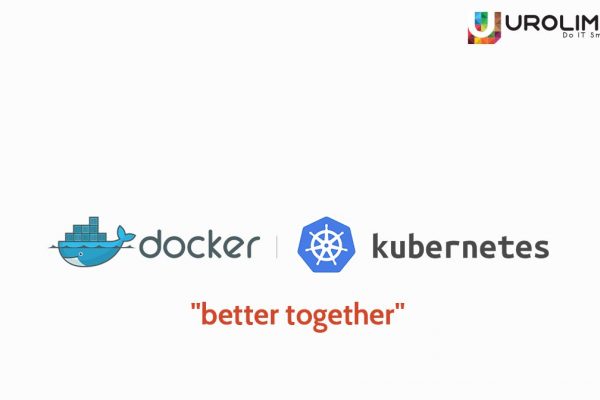Automation is a crucial element in IT since it directly affects the time of completion and efficiency of production. Automation simplifies complex and risky tasks and hence helps the developers manage the system more easily by allowing them to focus on other tasks that add value to the organization. Ansible, ‘the darling’ of automation is a widely used open-source software automation tool in the industry. Studies show that Intel, Evernote, Hootsuite, and even Apple have adopted Ansible to their development lifecycle.
Docker is a tool that simplifies the process of handling containers, resource-isolated methods that behave in a comparable way to virtual machines, but are also portable, resource-friendly, and depend profoundly on the host operating system. Docker allows you to divide your applications from your infrastructure so you can produce software promptly. With Docker, you can control your infrastructure in corresponding ways you handle your applications. By practicing the advantage of Docker’s methodologies for shipping, testing, and deploying code quickly, you can easily diminish the lag between writing code and executing the same.
Ansible helps you with configuration management, application deployment, task automation, and IT orchestration, where tasks must be run in sequence and create a series of events that must occur on several distinct servers or devices. It is the easiest way to automate Docker in your development environment. The most influential advantage of Docker-based architecture is standardization. Docker implements repeatable development, build, test, and production environments. Standardizing service infrastructure over the entire pipeline enables every team member to operate on a production parity environment. Ansible allows you to automate your Docker container build and deployment method in means that you’re likely doing manually.
Advantages of Using Ansible With Docker
Ansible is the easiest way to automate Docker in your development environment. Ansible allows you to automate your Docker container build and deployment method in means that you’re likely doing manually. Ansible seamlessly automates Docker and operationalizes the process of building and deploying containers. The major advantages of using Ansible with Docker are;
- Flexibility: The Ansible playbooks are compact. They are portable so they can be used anywhere, repeated and hence can save you a lot of time and effort. For instance, if we are considering a pure Dockerfile to create a container, the reproduction of the application can only be done on a Docker container but if we are using an Ansible playbook to build a container, the application can be reproduced in Docker,on a cloud instance of your choice, or on bare metal.
- Auditability: By using Ansible with Docker, it’s easier to track deployment stats of the container as well as identify what’s in all of the containers. With the integration, it is easier to comprehend the necessity of rebuilding the containers also. This makes it easier to rebuild.
- Ubiquity: Ansible can manage the containers and the environment around the containers. With Ansible, it is easier to manage even complex environments the containers are in. Ansible can control containers and non-containers simultaneously, which is essential because containerized applications often need to communicate with other non containerized applications. And with the use of Ansible Tower, it is easier to deploy host environments, containers, and services with the push of a button.
- Similarity in the syntax: Ansible use YAML files for its playbooks and Docker uses its own non-YAML scripts. Since both are pretty much similar, they can do almost the same things.
Ansible tower
Ansible tower is a web-based solution by Redhat for managing Ansible. The major advantage of Ansible tower is its easy to use UI for managing configurations and deployments. This is a greater improvement from the in-built UI. It helps to centralize and control your IT infrastructure with a visual dashboard, role-based access control, job scheduling, integrated notifications and graphical inventory management. Ansible tower makes it easier to manage complex deployments and scaling.
How to use Ansible with Docker?
For using Ansible to automate Docker and to build and deploy Docker containers, you need to have Docker SDK for Python installed. After installation, consider examining the last Ansible rolebdd and deploy using the blue-green technique. Afterward, run both integration and stress tests to ensure the smooth running of your application. Use the newest version of the container, run the older app at the same time as the current one, run tests after deployment, notify about the new release, redo the configuration to point to the new release, and later finally, hold the earlier (old) release. If the application has excelled all the tests and the configuration is set to the new application, make sure you have Git, Vagrant and VirtualBox installed. Create a Vagrant file that has an Ubuntu virtual machine. After this, run your Ansible playbook—this will install and configure everything. Afterward, you can deploy your application. Some of the segments have to be downloaded so this may add time for your first deployment.
Managing Docker Containers Using Ansible Modules
Ansible offers several modules for orchestrating Docker containers. Here we are listing some of the Ansible modules here. Constant updates are happening to both Ansible and Docker so for updated modules list refer Ansible documentation here.
docker_compose
Leverages existing Docker compose files to orchestrate containers on a single Docker daemon or on Swarm.
docker_container
Manages the container lifecycle by providing the ability to create, update, stop, start and destroy a container.
docker_image
Extends complete control over images, including: build, pull, push, tag and remove.
docker_image_info
Inspects one or more images in the Docker host’s image cache, providing the information for making a decision or assertions in a playbook.
docker_login
Authenticates with Docker Hub or any Docker registry and updates the Docker Engine config file, which in turn provides password-free pushing and pulling of images to and from the registry.
docker (dynamic inventory)
Dynamically creates an inventory of all the available containers from a set of one or more Docker hosts.
Ansible 2.1 has the docker_service module, which allows users to consume docker-compose files instantly. The process itself is easier because the docker_service module should just be called from an Ansible playbook, and specify either an external docker-compose file or put the docker-compose syntax directly into the Ansible playbook itself.
![]()






